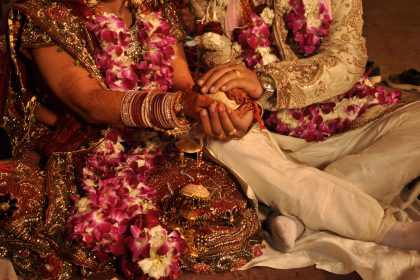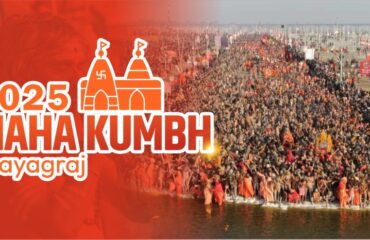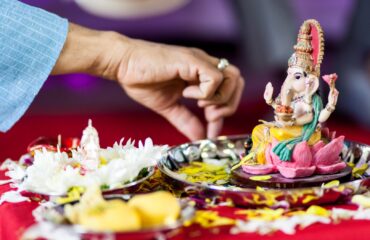
Vivaha, the Hindu wedding ceremony is one of the most important Hindu samskara (rites of passages). The Hindu marriage is not just about signing documents; the actual ceremony is rich in traditional elements and rituals, and it creates a deep bond between the bride, the groom, and the two families. Moreover, the wedding ceremony has significance from a social, spiritual, cultural, psychological, and physical perspective as well.
Indian Hindu weddings comprise of a host of significant rituals that carry deep emotional significance. Each of the Hindu wedding rituals has an underlying significance that has been passed down through generations since the time of the Vedas. Some of these rituals have been modified along the way, having evolved into something that is completely new. The modern Hindu wedding ceremony is celebration like no other.
Wedding traditions vary from region to region, but there are some common rites that occur in every ceremony. Firstly, the groom, his family and friends are greeted by the bride’s family. The parents of the bride perform Ganesh Pooja and offer a mixture of honey and yogurt (Madhu Parka) to the groom. The bride and the groom also greet each other, and exchange flower garlands in the presence of the Hindu priest and the guests (Jaya Mala). Then, the father and mother give their daughter’s hands to the groom (Kanyadan), and the bride and groom offer ghee and mixer of herbs and grains to a sacred fire (Havan/Homa). Bride and groom walk around the fire representing the four goals or aims of human life (Mangal Phera). The four each Phera representing four puruṣārthas are Dharma (righteousness, moral values), Artha (prosperity, economic values), Kama (pleasure, love, psychological values) and Moksha (liberation, spiritual values). After, the groom and bride take seven steps together. At every step, they take a vow, and the Hindu priest and the guests give blessings as they take their vows (Saptapadi). These seven vows are similar to the concept of traditional wedding vows in other religions. The groom places sindhoor (red vermillion powder) on the bride’s forehead and at the parting of her hair as a symbol of a married woman.( Sindoor)
Similar to the concept of the English wedding ring, the groom places a golden necklace with black beads around the bride’s neck, signifying his love, integrity and respect for her. The Mangal Sutra also represents the couple’s love and sacred union.(Mangal Sutra)
The married women from the bride and groom family are invited to greet the couple and whisper in the bride’s right ear their blessings and good wishes of a blissful married life, prosperity and happiness. Akhand Saubhagyavati – Blessings from married women
The Hindu priest offers blessings to the bride and groom by reciting some Vedic mantras. The newly wedded couple then seeks blessings from the priest, their parents, relatives and friends for a happy married life together. Aashirwad – Blessings



